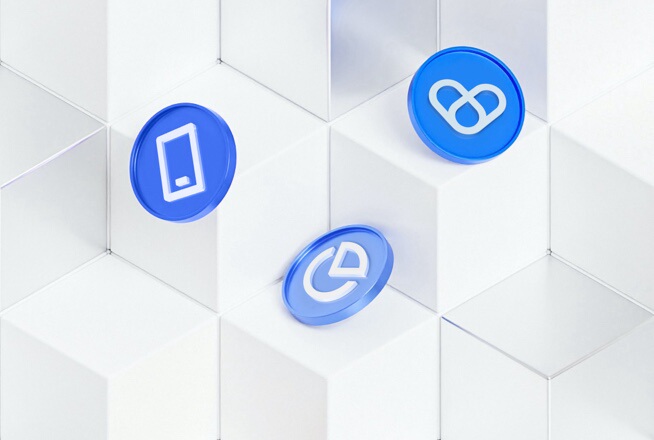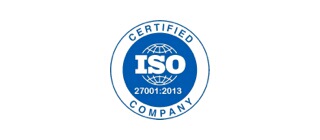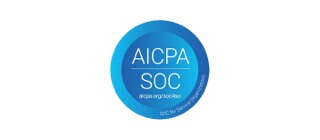DeepSeek Deployment
Full-Size DeepSeek Models Support
Save Your Operational Cost
Quick Solution Integration with Few Clicks
Ready to Use Solution without Coding Expertise
One-Click Deployment Without Coding Expertise
Popular Large Models and Multiple Modalities (text, image, and audio) Support
Human-like Conversation Experience with Multilingual and Multi-tone-style Support
Flexible Pricing Models without Heavy Upfront Cost
Flexible Pricing to Save Upfront Cost
Ready to Use Solution without Coding Expertise
1.5 Seconds Dialogue Latency Leveraging 3200+ Nodes across The World
Popular AI Models and Plugins Support
Explore endless possibilities using products designed for complex and dynamic environments
View All ProductsSolutions and Best Practices – Made by the Industry, for the Industry
View All Solutions
+1000%
Increased Transactions (2020-2021)
3.7X
Monthly Active Users (2020-2021)
1.7X
Registered Users (as of 2020)
Alibaba Cloud uses its comprehensive suite of cloud services and proven track record of delivering value to boost the capabilities of financial customers of all sizes, allowing you to accelerate innovation on the cloud.
Learn More
-30%
Cost Reduction
-50%
Less Data Processing Time
Next-generation games are driving gaming studios to improve network and service performance to provide a high-quality player experience. Alibaba Cloud's solutions for games empower businesses with agile game development, secure and fast global distribution, and cost-effective operations.
Learn More
-90%
Less Network Communication Errors
+50%
Production Planning Efficiency Improvements
Leveraging the know-how and practical experience of the world’s leading retail business, Alibaba Cloud’s retail solution uses the cloud, big data, and AI technologies to transform businesses for the digital age.
Learn More
-20%
Cost Reduction
+80%
Risk Management Efficiency Improvements
+30%
Cross-Region Network Stability Improvements
Alibaba Cloud helps build blockchain infrastructures based on high-speed and reliable global network and computing resources and supports the efficient and secure development of Web3 applications with end-to-end data asset protection capabilities.
Learn More
2400+
Driver Routes Planning Simultaneously
10,000
Concurrent Requests
550K+
Orders in Seven Months
Alibaba Cloud, DAMO Academy, and Cainiao (the logistics arm of Alibaba Group) provide a smart logistics solution to help keep your logistics on schedule, robust, and on pace with customer demands.
Learn More
Scope 1&2&3
Emissions Calculated Automatically
1.5 Gigatons
Emission Reduction (by 2035)
Alibaba Cloud is committed to creating a sustainable future with innovation. Alibaba Cloud's sustainability solution helps achieve high energy efficiency and carbon neutrality goals with comprehensive energy and emission management features.
Learn More
>60,000
QPS High-Concurrency Requests
<100 ms
Real-Time Response
2-3X
Overall Development Efficiency Improvements
Alibaba Cloud Data Lake allows you to store, manage, and analyze massive structured, semi-structured, and unstructured streaming data, break down data silos, and gain business insights.
Learn More
+1000%
Increased Transactions (2020-2021)
3.7X
Monthly Active Users (2020-2021)
1.7X
Registered Users (as of 2020)


-30%
Cost Reduction
-50%
Less Data Processing Time

-90%
Less Network Communication Errors
+50%
Production Planning Efficiency Improvements


-20%
Cost Reduction
+80%
Risk Management Efficiency Improvements
+30%
Cross-Region Network Stability Improvements

2400+
Driver Routes Planning Simultaneously
10,000
Concurrent Requests
550K+
Orders in Seven Months


Scope 1&2&3
Emissions Calculated Automatically
1.5 Gigatons
Emission Reduction (by 2035)


>60,000
QPS High-Concurrency Requests
<100 ms
Real-Time Response
2-3X
Overall Development Efficiency Improvements










Significantly boosted reach and performance, harnessing 400,000 app downloads and sustaining 200,000 monthly active users in the first year of launch


We have 130+ security and compliance accreditations worldwide
Visit Security & Compliance CenterWorldwide Data Centers
No.1
Market Share in the Asia Pacific
29
Global Data Center Regions
87
Availability Zones
3200+
CDN Nodes Globally
Deploy Globally and Safely on Alibaba Cloud
5 Billion
Protected Attacks per Day
2K
DDoS Attacks Blocked per Day
700K
SSL Certificates Worldwide
7.34M
Vulnerabilities Fixed per Year
Worldwide Data Centers
No.1
Market Share in the Asia Pacific
29
Global Data Center Regions
87
Availability Zones
3200+
CDN Nodes Globally
Deploy Globally and Safely on Alibaba Cloud
5 Billion
Protected Attacks per Day
2K
DDoS Attacks Blocked per Day
700K
SSL Certificates Worldwide
7.34M
Vulnerabilities Fixed per Year




































































